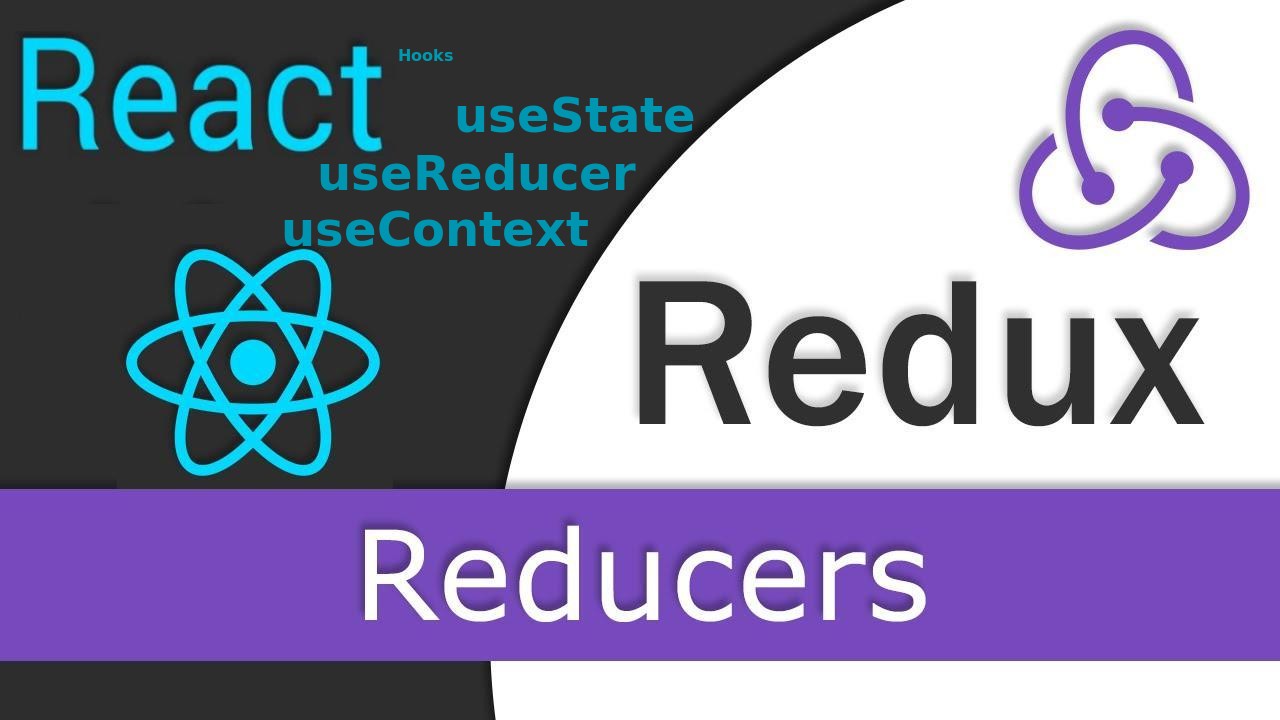Redux Redux is a predictable state container for JavaScript apps. As state in application becomes increasingly complicated for SAP, there might be more different types of state to manage: local created data which is not persisted to the server, UI data like UI elements properties, routes, spinners, paginations which determines the UI display; and server returned and cached data, etc. Redux attempts to make state mutations predictable for complicated application state by imposing certain restrictions on how and when updates can happen. These restrictions are reflected in the three principles of Redux. Three principles of Redux Single source of truth for application state: The global state of application is stored in an object tree within a single store; State is read-only: The state cannot be modified directly by views or network callbacks, the right way to mutate is to dispatch an action to notify the reducer to process. As all changes are centralised and happen one by one in a strict order, there are no subtle race conditions to watch out for; Changes are made with pure functions: Change state via reducers. A reducer is a pure function with two characteristics: It returns same result when the input parameters are the same; the only dependency of the returned data are the input parameters, and the result is consistent regardless of where/when it is called. no side-effects: the function will not do jobs like: modify external data, render DOM elements, execute network requests, IO operations. These characteristics provides assurance to make state predictable. Three core concepts of Redux Actions: an action…
Troubleshoot unstable site access caused by wrong tcp socket recycle setting
Four steps to add Google Fonts in Tailwind CSS
A note-taking of using Webpack 5.x
ESLint & Prettier: Enable semi option without complaints
Understand git HEAD from git internals
Fix XAMPP mysql start issue: /opt/lampp/bin/mysql.server: 264: kill: No such process
Install Ubuntu 18.04 on an external Drive on T460p
How to add custom shortcut key bindings on Ubuntu 20.04?
Troubleshooting AWS EC2 failure: instance reachability check failed of Status Check
Dingtone(叮咚电话)—比Google Voice更好用的网络电话
Upgrade Ubuntu 18.04 to 20.04 LTS
Steps to Use Sass CSS Preprocessor in Native html, React.js, Vue.js
Categories
